How predictive modeling is used to classify service line materials
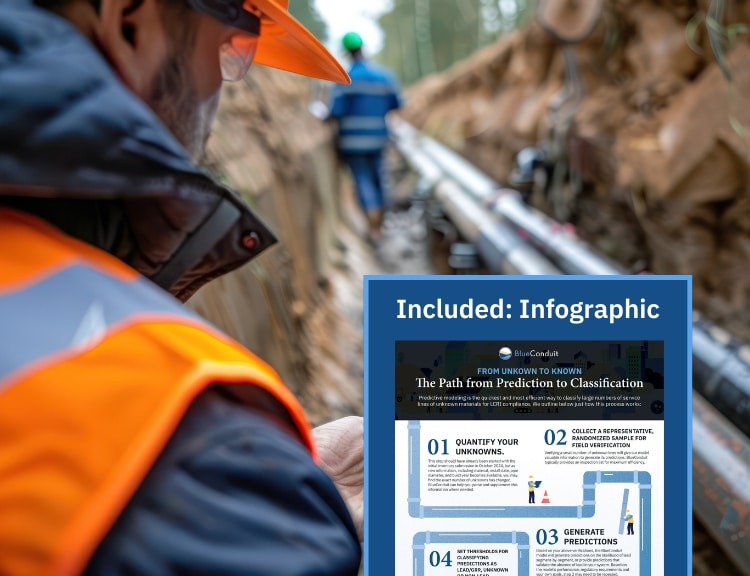
Predictive modeling helps water systems classify service line materials as lead or non-lead with minimal digging. But how does it work, exactly? In the infographic below, BlueConduit’s expert team breaks down the process from unknown to classification of pipe materials using predictive modeling using these 6 steps: Step 1: Identify and quantify your unknowns Step 2: Collect […]
How to create a public-facing map in Esri
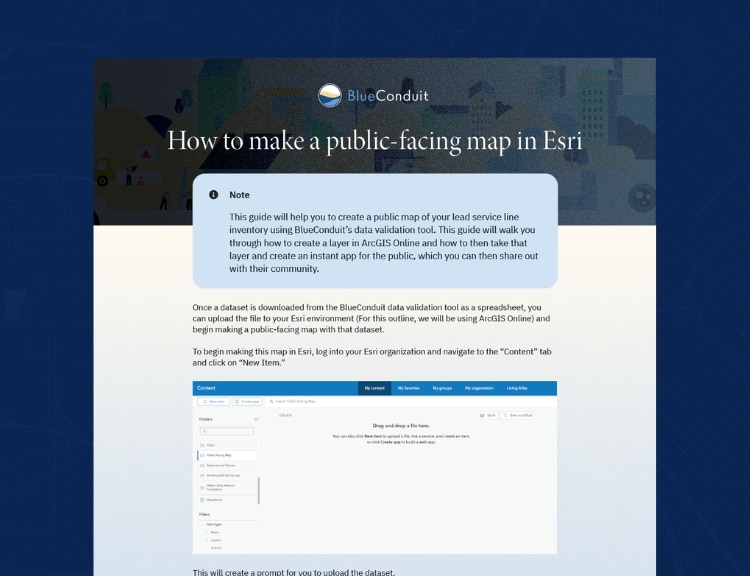
Pennsylvania’s Service Line Inventory Guidance for Predictive Modeling
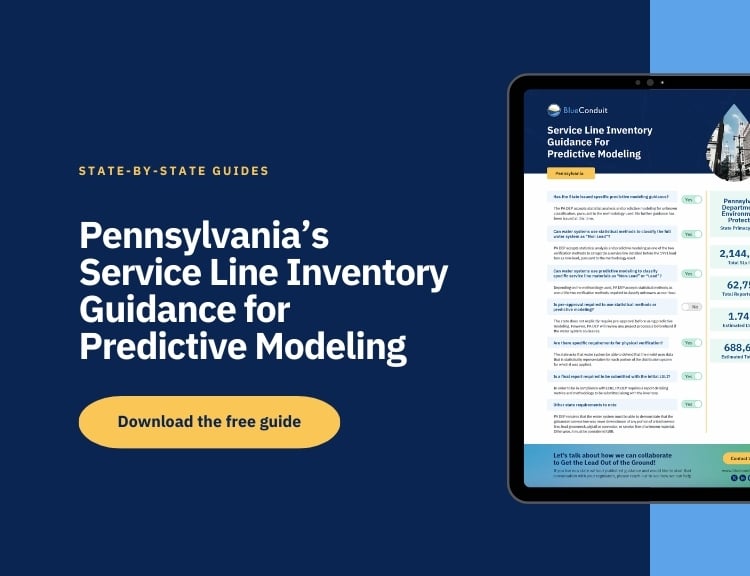
Managing ‘unknown’ service lines in utility systems
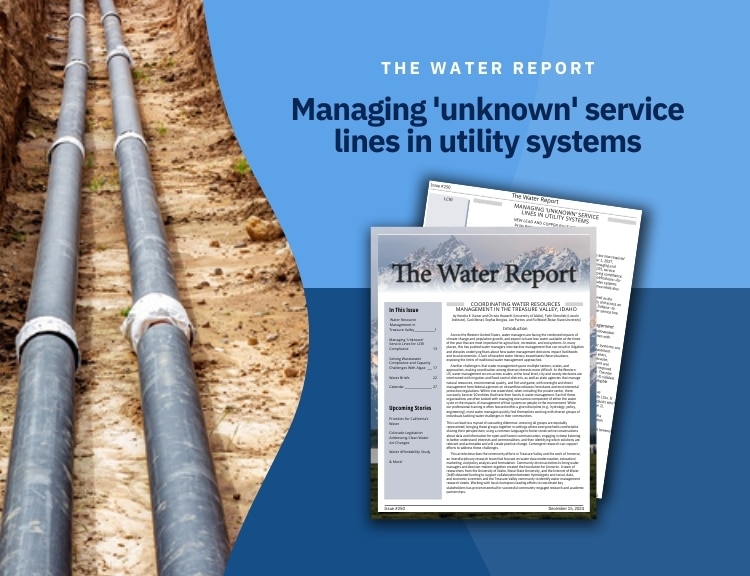
[Infographic] Weighted model, weighted model with regression, or predictive modeling for water mains: how do they stack up?
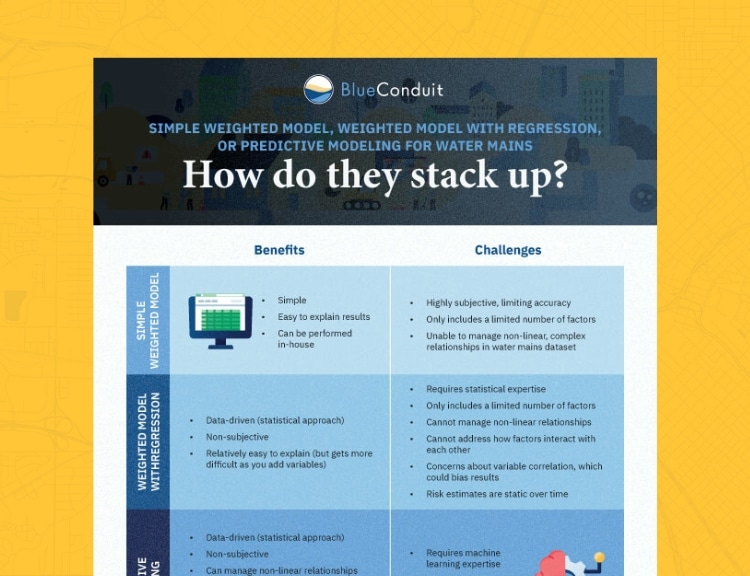
Explore how simple weighted models, regression-enhanced models, and predictive modeling compare for assessing water mains. Dive into their strengths and challenges in maintaining infrastructure reliability.
[Infographic] LCRI requirements: LSL/GRR replacement plans
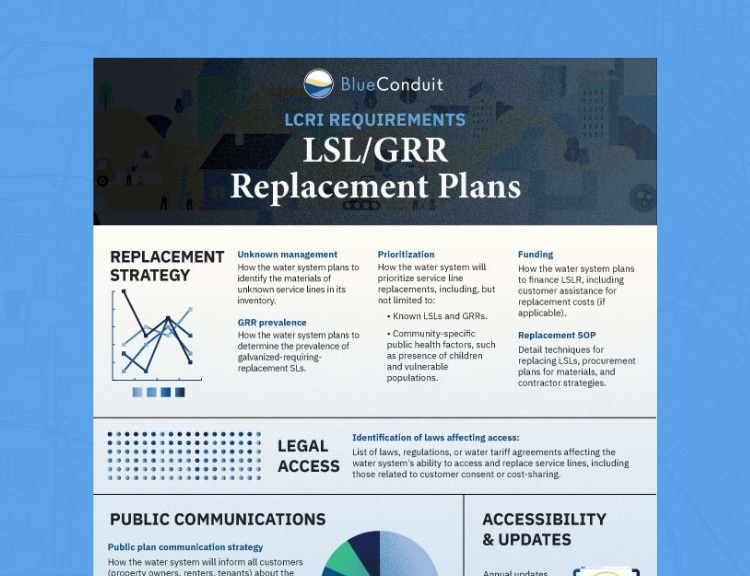
Learn the essentials of LCRI compliance! Discover how to create effective lead service line (LSL) replacement and galvanized requiring replacement (GRR) plans, ensuring safe drinking water and regulatory success.
[Infographic] The path to LCRI compliance: what you need to know

There are many paths to LCRI compliance for water systems. In this infographic, we break down the path to LCRI compliance for all water systems, including those with no or low lead. Learn more below!
[Infographic] Ready to identify and replace all LSLs?
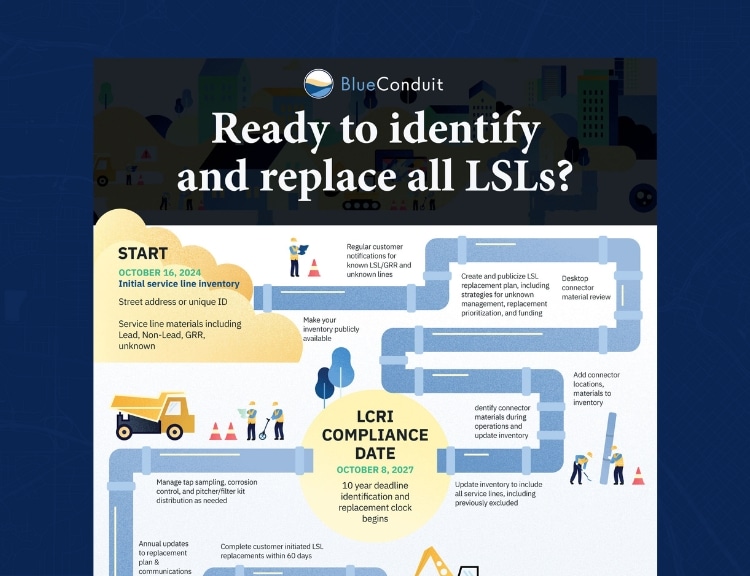
In this infographic, we break down the steps needed to fully replace all LSLs/GRRs. Wherever you are in your journey, from initial service line inventory to fully replaced service lines by 2037, we’ve got you covered. View the infographic below!
A quick guide to LCRI compliance
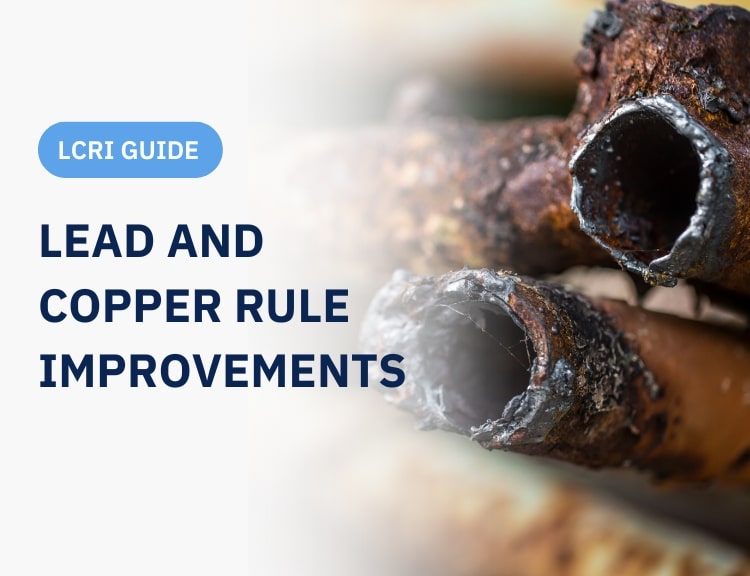
The EPA released the long-anticipated Lead and Copper Rule Improvements (LCRI) on Oct. 8. This new guidance provides more specific requirements for water systems as it relates to water testing, unknown management and lead line replacements. Below, we give a quick breakdown of the new rule in several key areas: What’s the difference between the […]
The Oct 16 deadline is here! Now what?

We talk a lot about ‘compliance’ but the reality is that compliance is complicated and changes over time. This series breaks down compliance requirements across the LCR and the proposed LCRI to help you understand the who, what, and when of compliance. We’ve been talking about October 16, 2024 for years…and it’s finally here. Initial Service […]
Funding for LCRR Compliance: What you need to know about using SRF and BIL funding for LSLI and LSLR
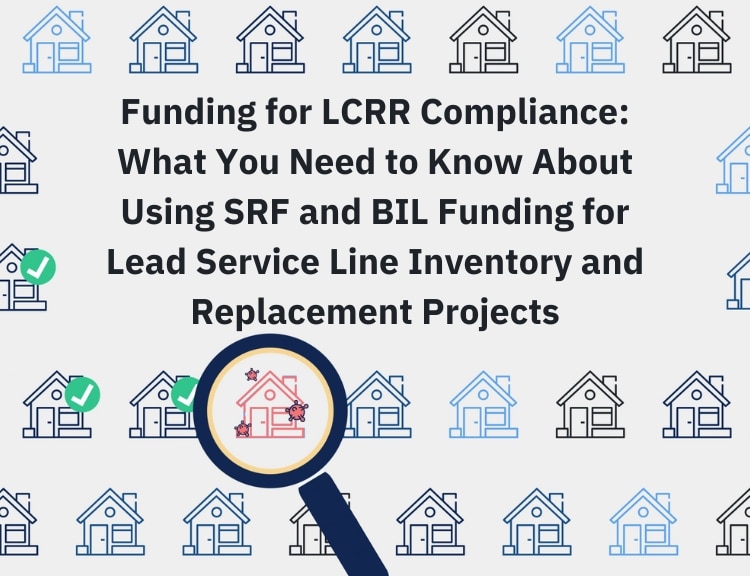
We talk a lot about ‘compliance’ but the reality is that compliance is complicated and changes over time. This series breaks down compliance requirements across the LCR and the proposed LCRI to help you understand the who, what, and when of compliance. The October 2024 Service Line Inventory deadline is now 1 month away. In the […]
State Guidance and Predictive Modeling
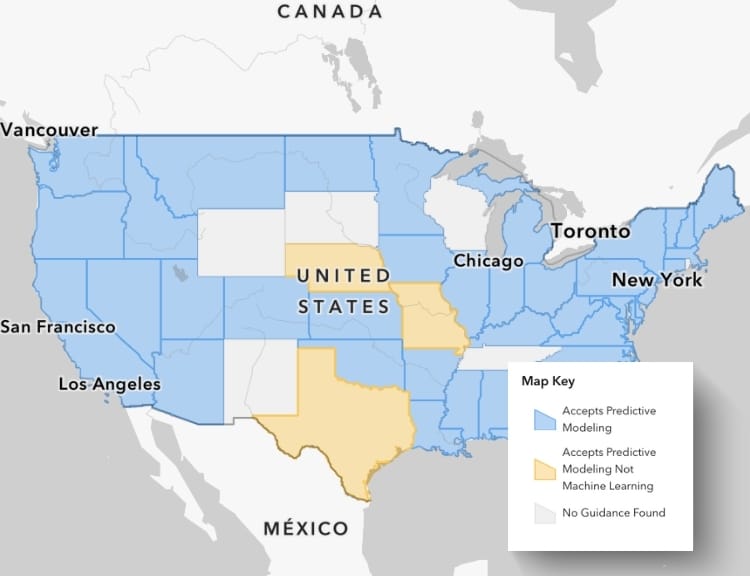
The EPA included predictive modeling in its Guidance for Developing and Maintaining a Service Inventory, then deferred to state regulators to decide how they want their water systems to engage with the technology. Does your state accept predictive modeling for service line material inventories? Check the state guidance and predictive modeling map. We have also included the […]
Virginia’s Service Line Inventory Guidance for Predictive Modeling

South Carolina’s Service Line Inventory Guidance for Predictive Modeling

Ohio’s Service Line Inventory Guidance for Predictive Modeling

North Carolina’s Service Line Inventory Guidance for Predictive Modeling

Maryland’s Service Line Inventory Guidance for Predictive Modeling

Florida’s Service Line Inventory Guidance for Predictive Modeling

California’s Service Line Inventory Guidance for Predictive Modeling

Lead vs GRR: Predictive modeling for LCRR compliance
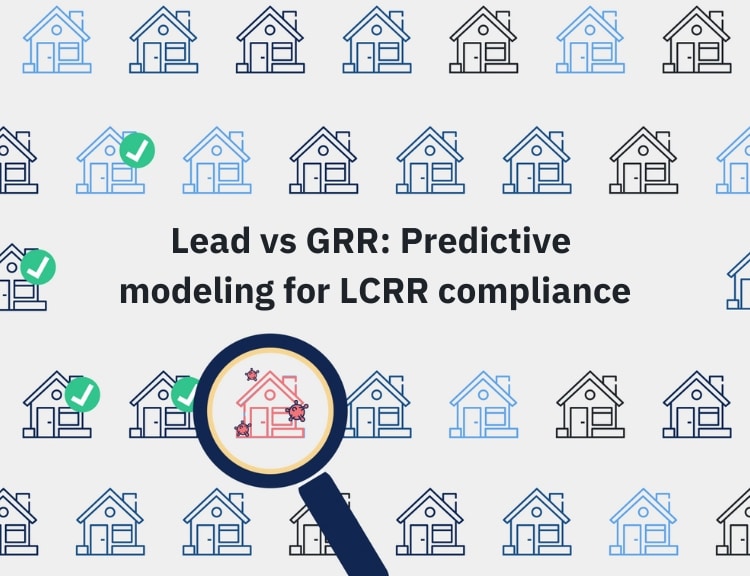
Not sure if you’ve got lead or GRR? Learn how to navigate predictive modeling and statistical method compliance for service line material identification.
Galvanized Requiring Replacement (GRR) Whitepaper
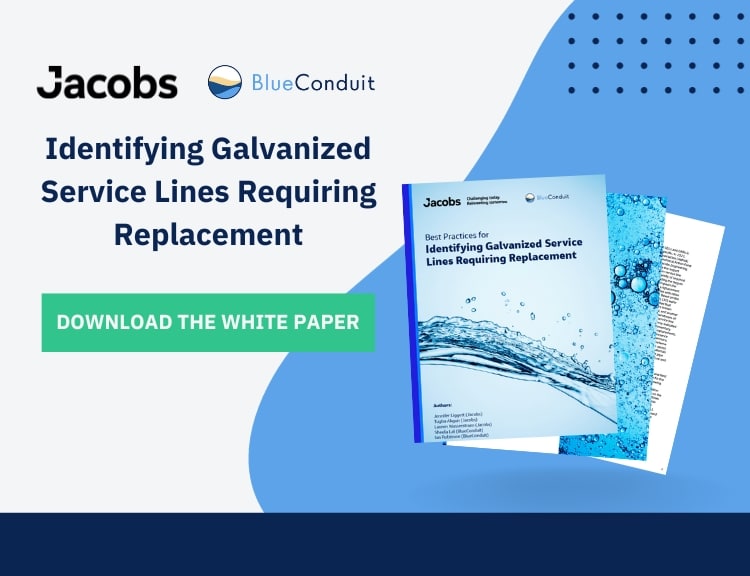
Jacobs co-authored a whitepaper with BlueConduit on best practices for identifying galvanized service lines requiring replacement. Galvanized iron or steel service lines are part of many communities’ drinking water distribution systems. Galvanized lines are to be included service line materials inventories, due October 16, 2024. According to the Lead and Copper Rule Revision (LCRR), water […]
ASDWA and BlueConduit publish white paper on data science for LSL inventory and replacement
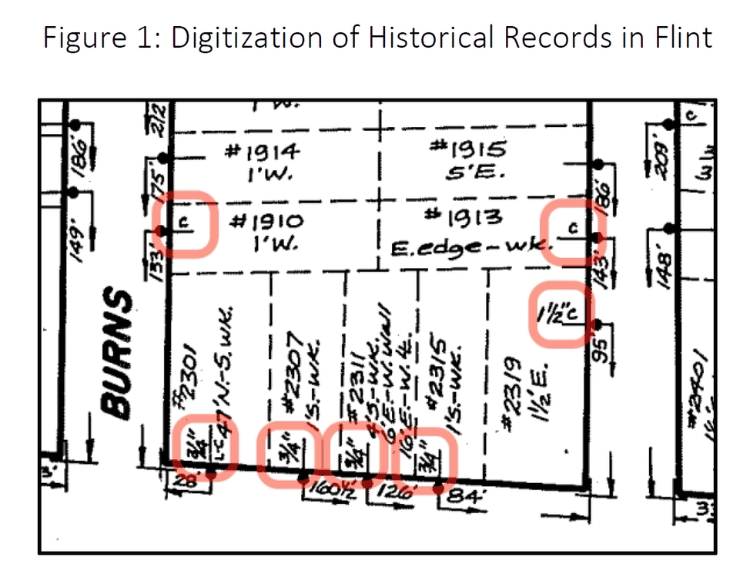
In light of the importance of lead service line inventories expected in the final Lead and Copper Rule Revisions, BlueConduit partnered with ASDWA to develop a white paper that outlines important considerations for state regulators and utility leadership when using statistical and predictive methods for LSL inventory and replacement. Substantial uncertainty still surrounds the nation’s water […]
Compliance Series: Why Is Unknown Management Critical Before The October 2024 LCRR compliance Deadline?
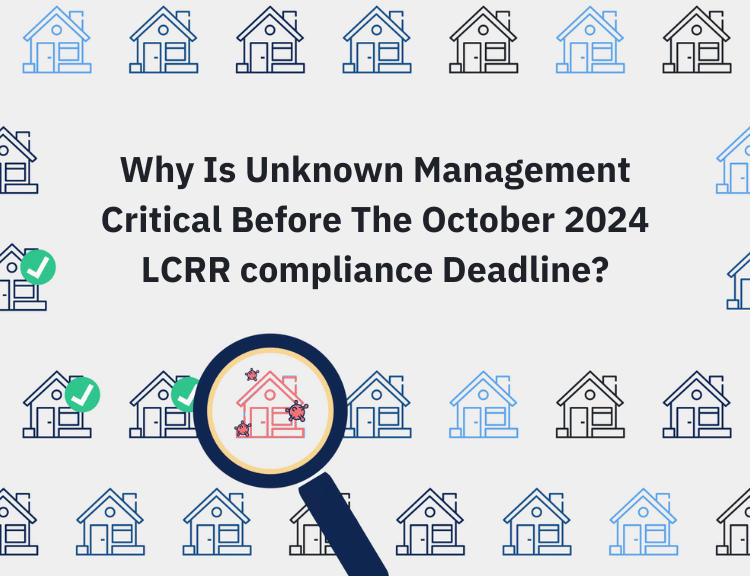
Unknown management isn’t a compliance requirement for October 2024 but, for the purposes of LCRR/LCRI compliance, service lines of unknown material are treated as presumed lead. Water systems that delay active identification of unknowns in their LSLI risk increased compliance requirements in the coming years leading to increased time, cost, and community pressure around lead identification and remediation.
North Carolina Department of Environmental Quality’s LSLI and Predictive Modeling Guidance
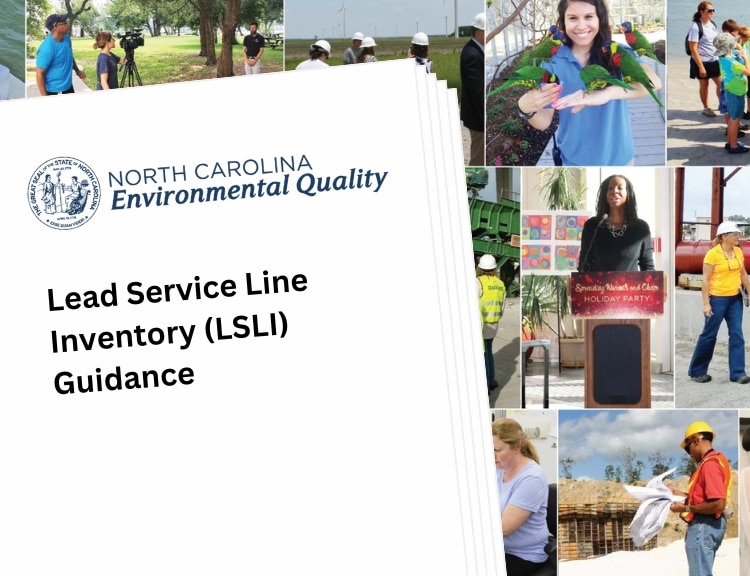
North Carolina’s Department of Environmental Quality (NCDEQ) recently released updated Lead Service Line Inventory (LSLI) Guidance that outlines the requirements for utilizing statistical methods and predictive modeling to classify service line materials. What does this mean for North Carolina-based water utilities?
Compliance Series: State Compliance Requirements for Lead Service Line Inventories
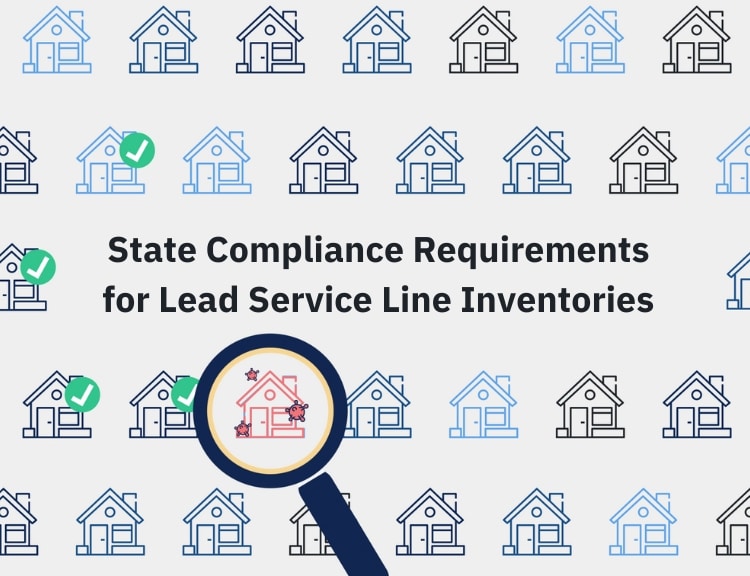
We started this series discussing the LCRR Lead Service Line Inventory compliance requirement for October 16, 2024. In this post, we shared that “some states have adopted the EPA template exactly while other states have modified the template to meet additional state-specific requirements.”
Florida DEP Approves Predictive Modeling for LSLI
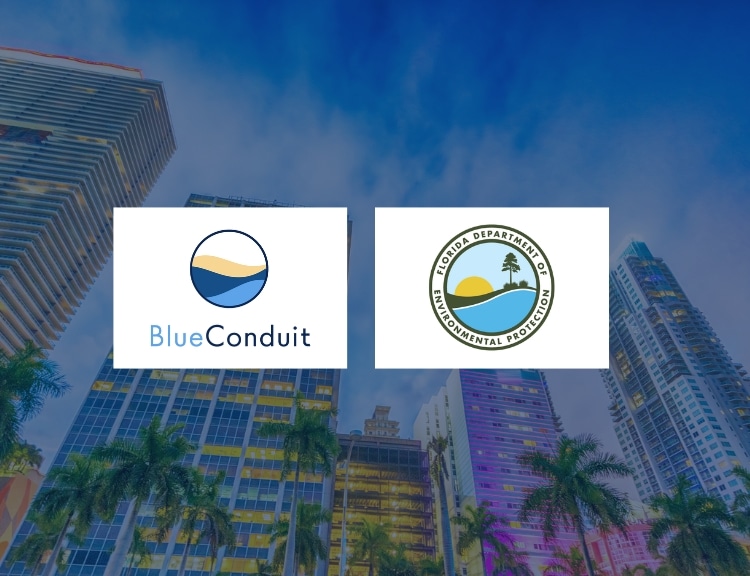
Florida Department of Environmental Protection (FDEP) recently released updated Lead Service Line Inventory (LSLI) Guidance that outlines the approved methods for service line material identification in the LSLI. What does this mean for Florida-based water systems?
Compliance Series: How do customer notifications fit into LCR/LCRI compliance?
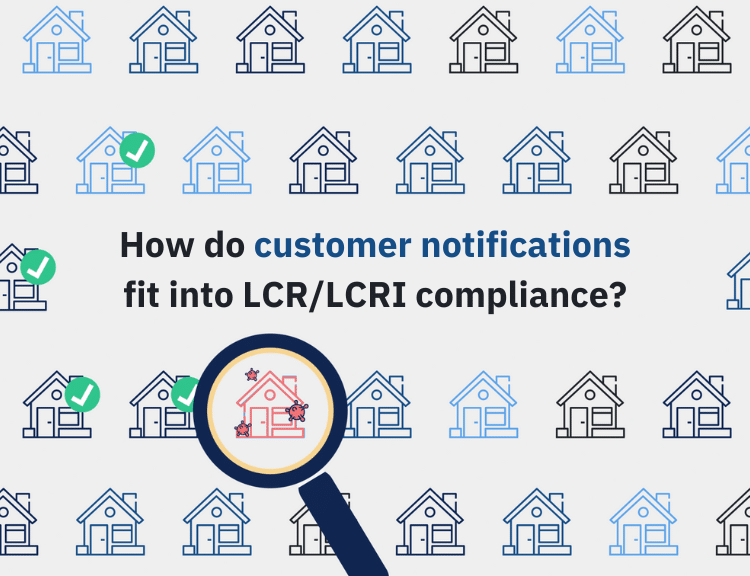
We talk a lot about ‘compliance’ but the reality is that compliance is complicated and changes over time. This series breaks down compliance requirements across the LCR and the proposed LCRI to help you understand the who, what, and when of compliance.
Compliance Series: What does LCR/LCRI Compliance mean, exactly?
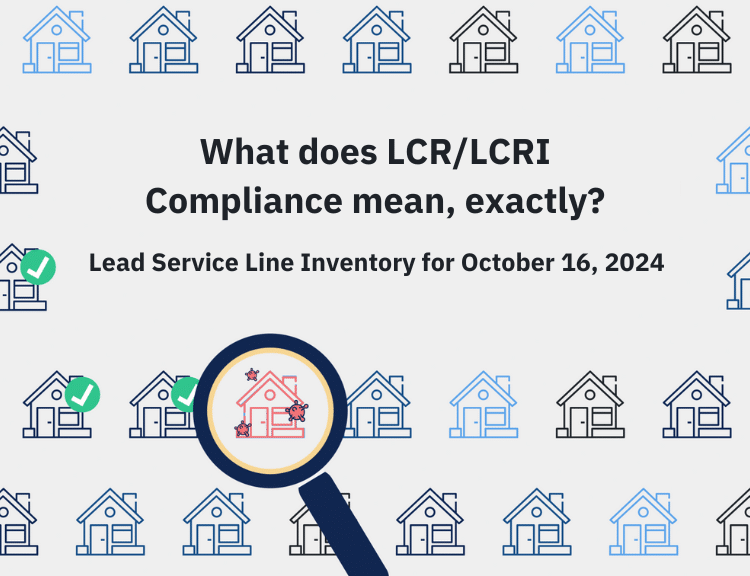
The Environmental Protection Agency (EPA) recently proposed changes to the Lead and Copper Rule (LCR) with the Lead and Copper Rule Improvements (LCRI). Long term, LCRI compliance means that every service line made of lead or galvanized-requiring-replacement materials will be replaced. How do we get there?
Lead and Copper Rule Improvements (LCRI) – What They Mean for Water Utilities
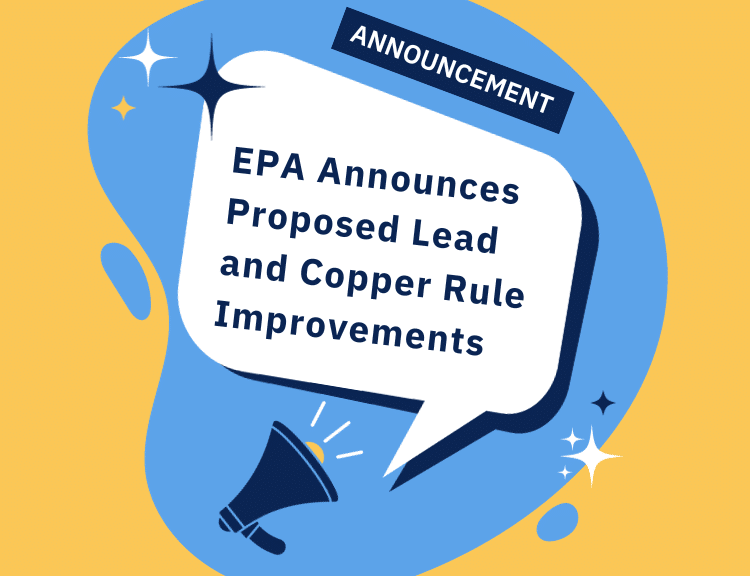
On November 30, 2023, the EPA released its Proposed Lead and Copper Rule Improvements (LCRI). The proposed changes would add substantial requirements for water systems. How should water systems start to prepare for compliance?
Federal Funding Sources

In recent weeks, the Federal Government has identified various funding opportunities for water infrastructure projects with an emphasis on lead abatement. BlueConduit can support your effort to access federal funding for lead service line inventory and replacement. The following federal programs are in various stages of review and approval. Updates on their status are available […]

